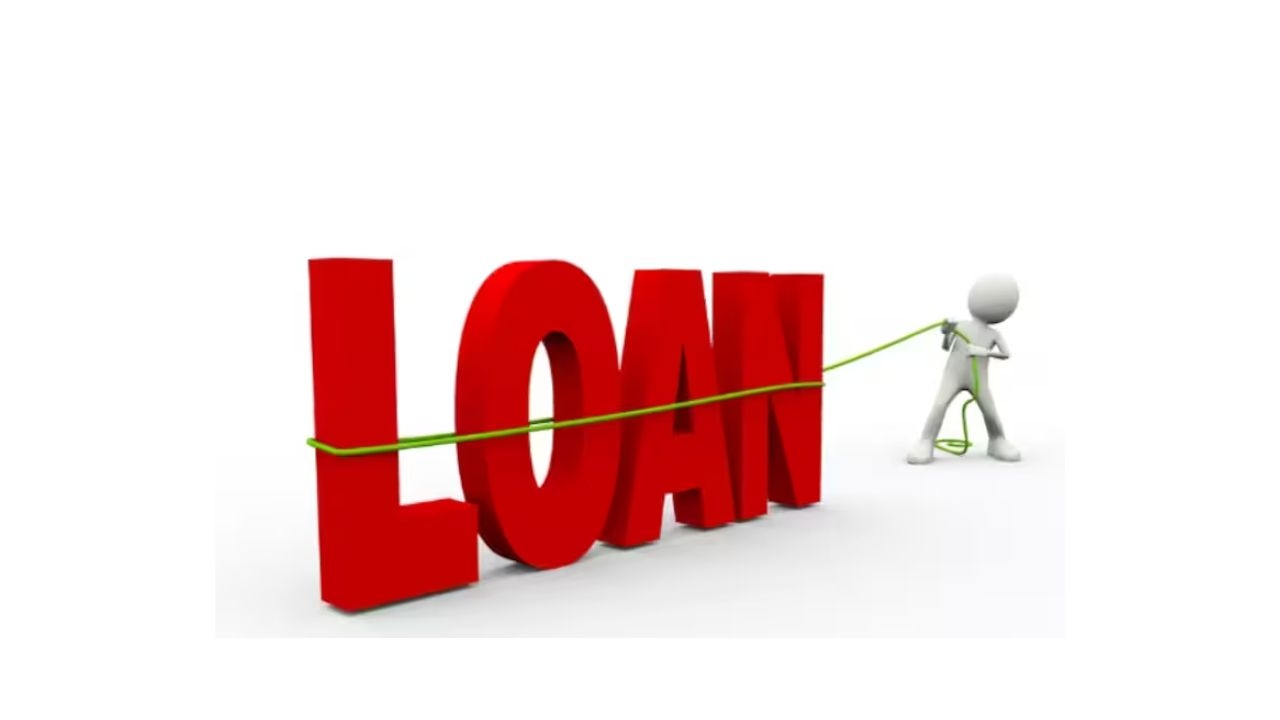Benefits of Personal Overdraft Loan

When it comes to managing unexpected expenses or short-term financial gaps, most people think of personal loans or credit cards. But there’s another powerful and flexible credit option that many are not fully aware of: the personal overdraft loan.
Whether you need to cover a medical emergency, plan a wedding, handle business expenses, or simply need some financial breathing room, a personal overdraft (OD) loan can be a smart solution. In this blog, we’ll explain what a personal overdraft loan is and highlight its key benefits so you can decide if it’s right for you.
What is a Personal Overdraft Loan?
A personal overdraft loan is a type of credit facility offered by banks where you are allowed to withdraw more money from your account than what you have. It’s like having a pre-approved credit limit linked to your bank account that you can use whenever needed.
Unlike a traditional personal loan, where you borrow a fixed amount and repay it in monthly EMIs, with a personal OD loan, you can borrow any amount up to your limit, and pay interest only on the amount you actually use, not the full approved amount.
This makes it extremely useful for people who may not need a lump sum but want access to funds on standby.
1. Pay Interest Only on What You Use
One of the biggest advantages of a personal overdraft loan is that you only pay interest on the amount you withdraw, not on the entire credit limit. For example, if your approved limit is ₹2,00,000 but you only use ₹50,000, then interest will be charged only on that ₹50,000.
This is different from a regular personal loan, where interest is charged on the full amount from day one, whether you use all the money or not.
2. Flexible Repayment Options
Personal overdraft loans come with flexible repayment terms. You can repay the borrowed amount partially or in full at any time without strict monthly EMI commitments. This is ideal for people who have irregular income or want freedom in managing their finances.
Some banks even allow you to repay and reuse the overdraft limit multiple times during the loan tenure, making it a revolving credit facility.
3. Quick and Easy Access to Funds
Most banks provide overdraft facilities to existing account holders based on their credit history, income, or banking relationship. If you qualify, the approval process is fast, and funds can be accessed almost instantly through your savings or current account.
Some banks also offer digital overdraft approvals, meaning you can apply online and start using the facility within minutes.
4. No Need for Collateral
Like personal loans, personal overdraft loans are typically unsecured, meaning you don’t need to pledge any asset or provide collateral to access funds. This makes them accessible for salaried professionals, freelancers, and small business owners alike.
5. Lower Interest Costs Compared to Credit Cards
While credit cards are also a go-to option for short-term borrowing, they usually carry high interest rates (often 30% or more annually). In contrast, personal overdraft loans usually come with lower interest rates, typically in the range of 10% to 18% per annum, depending on the bank and your profile.
This can significantly reduce your borrowing cost, especially for larger amounts.
6. Helps in Maintaining Credit Score
Using a personal overdraft facility wisely can also help build or improve your credit score. Since you’re borrowing and repaying regularly, it shows responsible credit behavior. Just ensure you don’t miss repayments or exceed your credit limit.
7. Customizable Limits Based on Your Needs
Most banks allow you to set your overdraft limit based on your income, spending habits, or financial goals. Some even offer pre-approved overdraft loans to select customers. This personalized approach ensures that you’re not borrowing more than necessary.
8. No Prepayment Charges
Unlike traditional loans that may charge a penalty for early repayment, most personal OD loans don’t have prepayment or foreclosure charges. This means you can repay your loan whenever you want without extra cost—saving you more money in the long run.
When Should You Choose a Personal Overdraft Loan?
A personal overdraft loan is best suited for:
-
Managing irregular cash flow
-
Meeting emergency expenses
-
Handling seasonal or short-term business costs
-
People who prefer flexibility over fixed EMIs
-
Avoiding high-interest credit card debt
Final Thoughts
A personal overdraft loan is one of the most flexible and cost-effective credit options available today. With the ability to borrow as needed, repay on your terms, and pay interest only on the amount used, it offers freedom and control that traditional loans can’t match.
- Questions and Answers
- Opinion
- Motivational and Inspiring Story
- Technology
- Live and Let live
- Focus
- Geopolitics
- Military-Arms/Equipment
- Security
- Economy
- Beasts of Nations
- Machine Tools-The “Mother Industry”
- Art
- Causes
- Crafts
- Dance
- Drinks
- Film/Movie
- Fitness
- Food
- Games
- Gardening
- Health
- Home
- Literature
- Music
- Networking
- Other
- Party
- Religion
- Shopping
- Sports
- Theater
- Health and Wellness
- News
- Culture

